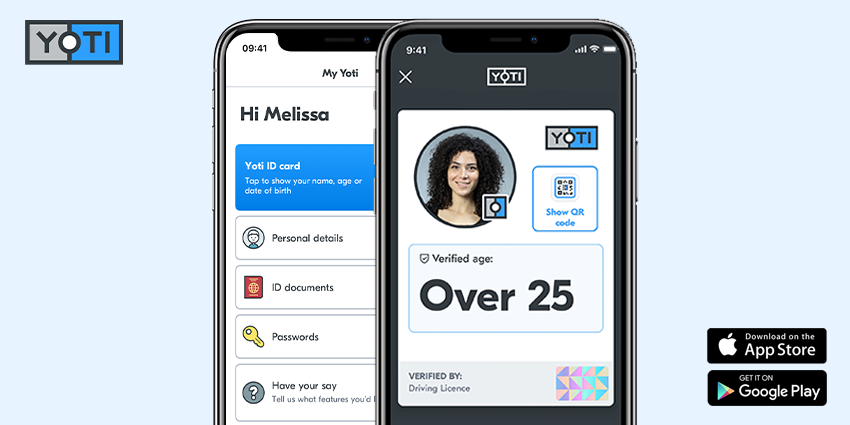1 - What onboarding and compliance looked like pre and during the pandemic
2 - How should a company carry out Right-to-Work checks
3 - Enhanced onboarding and compliance
From the 1st October 2022, the way we verify new starters’ right-to-work compliance changed.
Getting compliance and Right to Work checks wrong can be a costly mistake. UK businesses lost almost £50 million in civil penalties for illegal working from 2015 to 2016 (Onfido) - this should be a stark warning to us all.
So, what’s changed, what are the new rules and what practical steps can you take to ensure you onboard new hires compliantly (and avoid any hefty fines!)?
What onboarding and compliance looked like pre and during the pandemic
Before Covid of course, Right-to-Work rules were very straightforward. All employers had to physically see and take a copy of each new hire's passport and/or working visa documentation – whether they were a remote-worker or not - and store them on file for auditing purposes. Documentation was often checked by recruiters, HR, and sometimes by the hiring manager.
%20(1).jpg?width=5931&height=3337&name=maxime-GsuoClhxMDE-unsplash%20(1)%20(1).jpg) When the pandemic struck, it gave us a taste of how onboarding new starters remotely can significantly speed up hiring when bringing new starters on board. Covid meant that the Home Office implemented new rules that allowed checks to be performed remotely, often via video call.
When the pandemic struck, it gave us a taste of how onboarding new starters remotely can significantly speed up hiring when bringing new starters on board. Covid meant that the Home Office implemented new rules that allowed checks to be performed remotely, often via video call.
But the days of candidates holding up their passports or visas on a video call or emailing copies are over and the rules have changed.
How should a company carry out Right-to-Work checks?
Right-to-Work checks are recommended to be carried out by specialist organisations that is a Certified IVT (Identification Verification Technology) - but what is IVT and how does it help to manage the checks?
Yoti, a platform our ATS is partnered with, is a certified IVT company. IVT means that a candidate uploads a copy of their passport, and they effectively take a “biometric selfie” – this is then checked using AI and human checking stage. The AI can detect any signs of tampering and also checks the machine-readable data in the passport chip to ensure it’s accurate.
An IVT check completes a face-match with the person that’s uploaded it too to make sure that passport belongs to the same person.
Using AI removes the risk of human error. Often passports (and the photo) could be a number of years old and sometimes a little help from AI could be vital in ensuring it’s checked properly.

Don’t worry though, there is often still a human step. With Yoti’s platform, the human step is to double-check the AI’s calculations. Thus, providing assurance that the employer is being compliant. This service gives you something called “a statutory excuse.”
Ensuring Right-to-Work checks are completed properly is another hurdle for recruiters and HR to get through to bring new hires onboard. So how should you add this into your Onboarding process?
Enhanced onboarding and compliance
Within our applicant tracking system, we’ve been busily enhancing our own Onboarding features for these new Right to Work checks, alongside other existing compliance elements like DBS too.
Our enhanced Onboarding and Compliance feature streamlines all these tasks - key to getting new employees on board quickly and off to the best possible start.
Bringing new hires on board should be a fun and exciting process for everyone involved. That’s why our onboarding feature provides a simple and engaging platform for both recruiters and HR and also for new hires – it could be the difference between new hires staying in the job long term or leaving shortly after starting (new hire retention can be improved by 82% with good onboarding).
Our Onboarding and Compliance feature helps to reduce candidate drop-off following the offer stage. With each element of onboarding, recruiters and HR can see how far a new hire has progressed with right-to-work checks & other compliance elements as well as references, so you can spot any bottlenecks instantly and step in they need any help.
Each onboarding element has its own dashboard for quick insights, a visual view of documentation, and analysis.
Watch this video to learn more:
And when Onboarding and Compliance is complete, new hires can be introduced to their Welcome Hub. Designed to keep them warm until their first day, the Welcome Hub is created by you with content to keep them engaged and excited - such as showing off your organisation’s culture, what their first day will be like – the options are endless.
